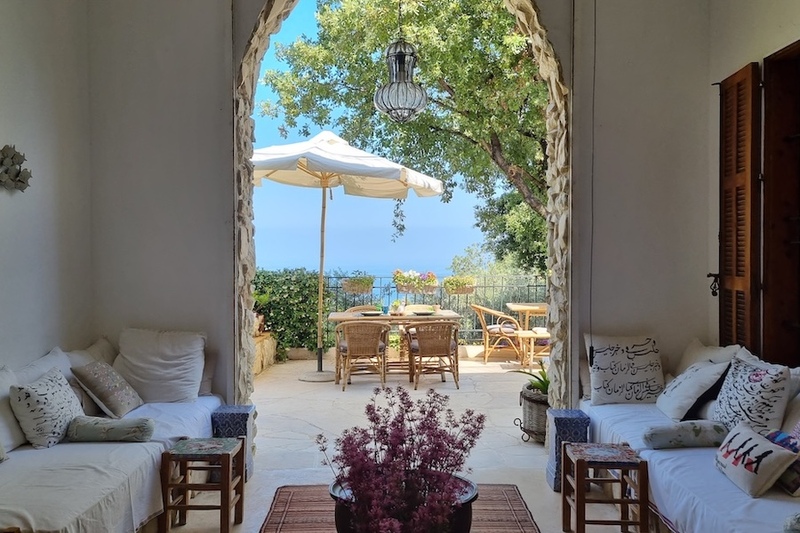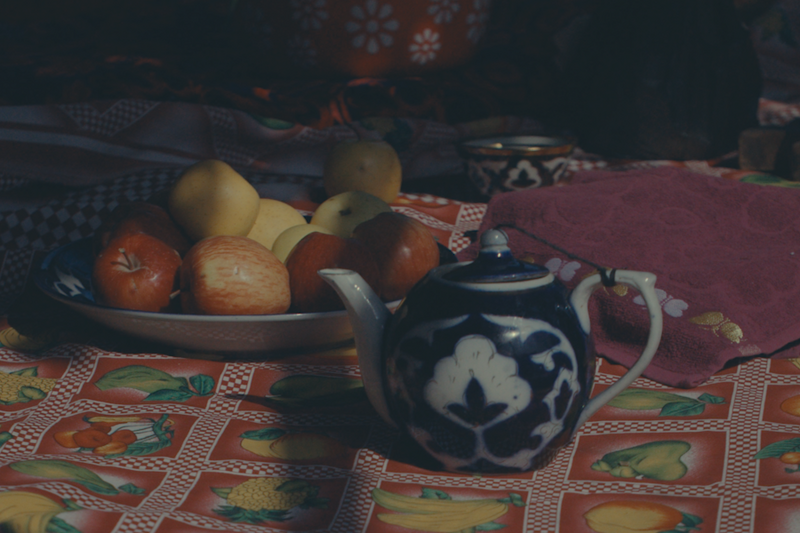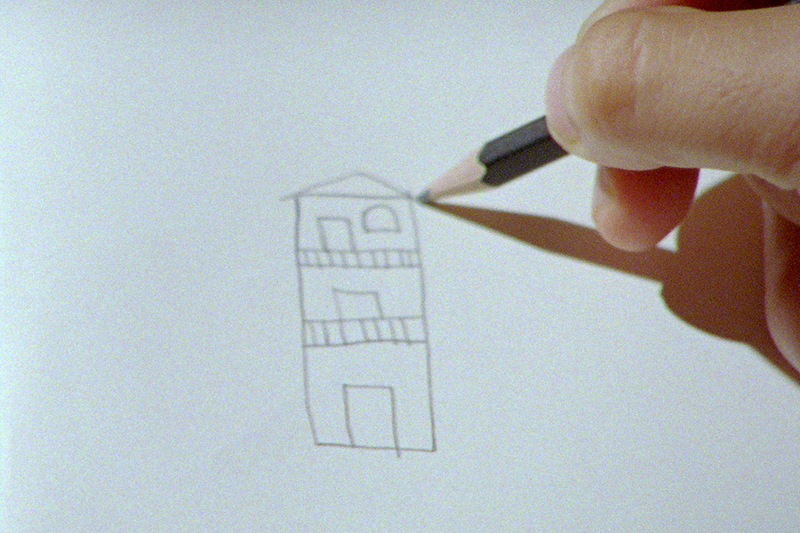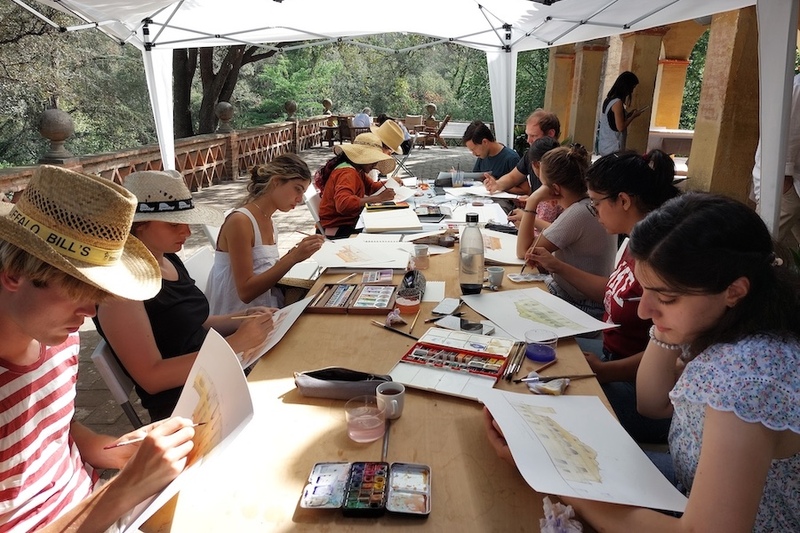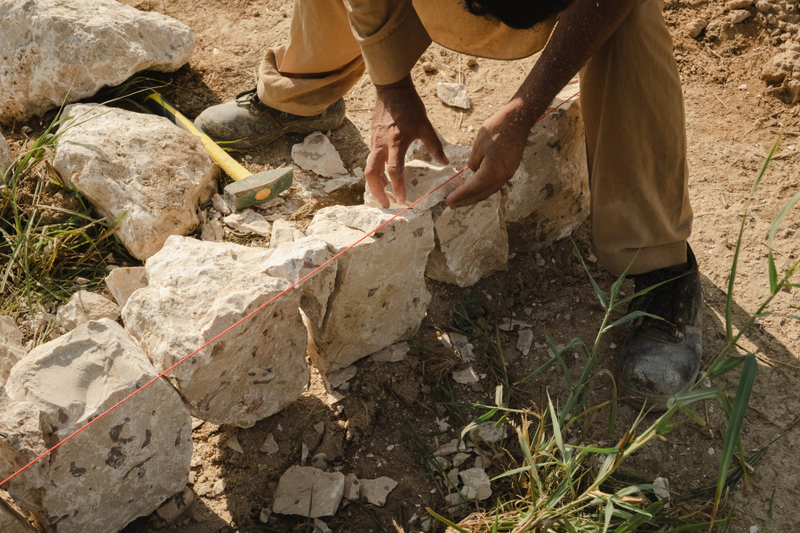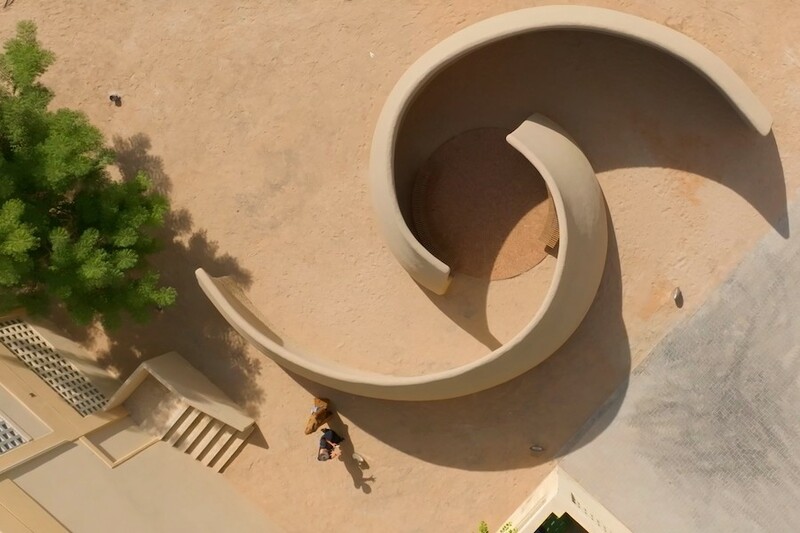
With more than 90 films sent in from all corners of the world, the (EE) inaugural open call for young filmmakers brought us a stunning variety of stories—ones which unfolded in literal ruins or digital utopias, some shot through AI-controlled devices or analogue film cameras, all narrated through a multiplicity of “interiors”—physical and imaginary, private and public.
The Sparrow is Free, directed by Niki Kohandel, won the hearts of the (EE) editorial team with its uncompromisingly personal approach. Niki arranges the intimate puzzle of her familial history by telling the life story of her grandmother through intricately woven collage of archival telephone recordings and handicam shots. A short film-interview, authored by a young filmmaker of Iranian origin who now lives and works in London, uses interiors and objects found in them to “create visual echoes” of her grandmother’s voice. (EE) Films screened the winning film from January 11th to 25th. It is accompanied by a short interview with the filmmaker.
When making The Sparrow is Free, I was going through a similar experience—trying to entertain myself while in almost complete isolation because of the pandemic. But also attempting this time in reverse, communication with interiority, which I mean both literally and metaphorically here. How could simple objects possibly narrate my grandmother’s life stories while going beyond mere illustrations? How could they communicate the depth of the lessons she wanted to transmit? No object I filmed, regardless of its sentimental value, comes close to being as precious as her voice, which I am so thankful to have had in my life. None of them have any importance beyond their roles as vessels. I used them to create visual echoes of her voice. They help carry parts of a message to the viewer’s own interiority.
Retrospectively, I could call it a gesture, an attempt to translate the stories for myself and others in my family. I had just found the old handycam, which was used before me by my mother to document my childhood on Hi-8 tapes. The recordings of my grandmother’s voice on my phone were from the previous year, 2019, when the idea for this work and my sound recording skills were non-existent. The materiality is manifested in the medium precisely because it is first a material, before it becomes a film that is screened in cinemas. It’s a bunch of tape recordings, transferred to digital with the family’s old Windows PC, that show some objects from our flat as well as myself, reenacting my paternal grandmother’s anecdotes in front of my mother.
I use filmmaking as a way of looking at my family puzzle, to understand how our lives can be intertwined in spite of distance in time and geographies, in spite of death
Throughout my formal education, I was often (expectedly) pushed into defining these as “political explorations,” or as works that were inspired by my Iranian culture and background. But I’m not interested in the idea of representation in that sense. I use filmmaking as a way of looking at my family puzzle, to understand how our lives can be intertwined in spite of distance in time and geographies, in spite of death—and that image itself always sits in a bigger puzzle. I picture these lives as characters that inhabit a large house, full of stories. I’ve been drawing the image of the house and its many characters in order to clear my head. As I hear new anecdotes during a phone call or a family visit, new characters enter the house, which means my mind is never at rest, thinking about all the stories I would like to film. What keeps me going is the freedom I find in rearranging the puzzle’s pieces, like the verses of a poem, to form new images.
The work of Alia Syed has had a huge influence on how I have been developing my own language in film. When I began, I was very focused on stories coming from my family. And I am still planning for my next works to be centered around the voices of my relatives: my other grandmother, who was a singer, my three uncles, including Hamid (whose photograph as a baby is shown in The Sparrow is Free), my aunts . . . there are many stories I’m longing to bring to the screen.
But living in London has made me incredibly grateful for having found an expanding, chosen family too. For the past two years, I have been working as part of different collectives. With one of them, Shahre Farang, we are organizing a series of creative workshops that will also act as a support space for members of communities affected by the asylum system. I’ve been learning that the mediums we use are always tools in our hands to shift cultures, and I’m lucky to be practicing together with many friends who make work in applied theater, writing, music, film, and facilitation in a radical way. So we are all focused on how our skills can best serve the liberation movements that need us and that we all need.
